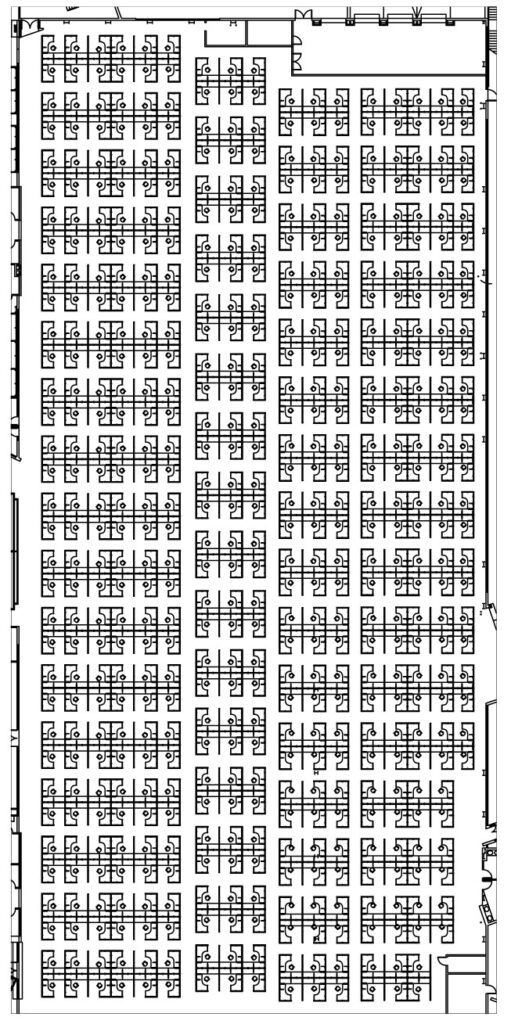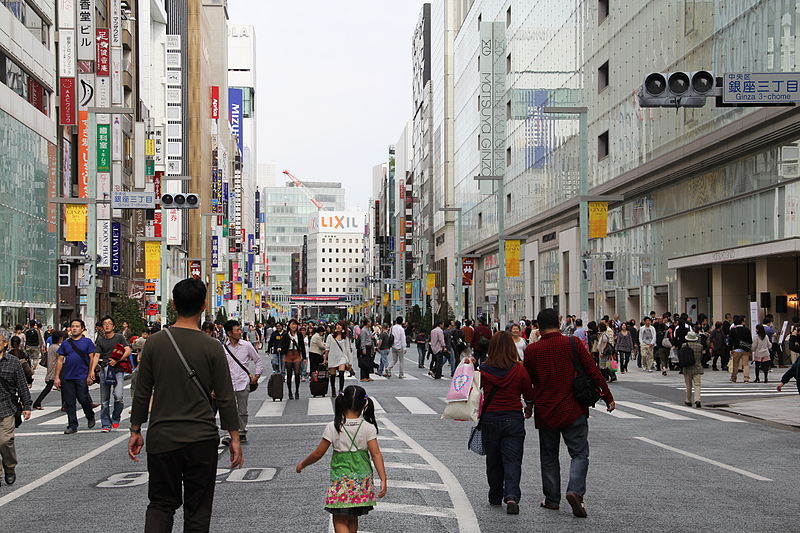“The emergence of the mechanization of human life and the transformation of man into a completely non-rational subject in pursuit of its desires are fundamentally bound up with one another (Nishitani Keiji – Religion and Nothingness p 87).”
(Continuation from previous page)
Machines and mechanical technology are man’s ultimate embodiment and appropriation of the laws of nature
At the same time as technology requires a knowledge of the laws of nature, technological advances expand our knowledge of these laws, since instruments can be designed to allow us to look deeper into reality than our eyes, or our minds, can. Yet, Nishitani insists, “even here, in the work that man performs through his technological activity in accordance with the laws of nature, these laws remain ‘at work’ and indeed are that very work itself” (RN 81). Uneasy as we are with the proliferation of technology and its obvious harmful effects on nature, we tend not to realise that technology itself is an application of the laws of nature. It could not but be that, as we can only do what nature allows us to do. “Machines and mechanical technology are man’s ultimate embodiment and appropriation of the laws of nature” (RN 82).
Now, the laws of nature govern all things, but their control deepens as we go from inanimate objects to animate beings, then on to humans who, in addition, have an intellect. So, “the rational order of existence exhibits a manifold perspective whose teleological character becomes increasingly more marked as it ascends the levels of being until it eventually comes to complete actualization in the machine, where the purposive activity of man functions in a purely mechanical manner. Here the rule of the laws may be said to attain its final and deepest point” (RN 82).
“The emergence of the machine marks the supreme emancipation from the rule of the laws of nature”
At the same time, as this rule of the laws of nature deepens, there is a parallel “gradual deepening in the power of things to make use of the laws of nature” … to gain freedom from these laws. “The higher we proceed up the chain of being, the deeper the reach of the rule of law; but, at the same time, the more fully actualized the freedom of things that use those laws” (RN 82-83).
“Machines are pure products of human intellect, constructed for man’s own purposes … yet the workings of the laws of nature find their purest expression in machines, purer than in any of the products of nature itself” (RN 83). In fact, “in the machine, human work can be said to have passed beyond the character of human work itself, to have objectified itself and assumed the character of an immediate working of the laws of nature themselves” (RN 83). This passing beyond human work looks ominous. Nishitani, however, repeats: “the emergence of the machine marks the supreme emancipation from the rule of the laws of nature” (RN 84).

We are in a situation in which we must speak of the controller becoming the controlled
Nishitani also adds (and it may be good to recall that Nishitani wrote this essay in the 1950s, as it is so much more relevant now than it was then): “Of utmost importance for us here, however, is a serious problem that has come about since the relationship between the laws of nature and things entered its final stage with the emergence of the machine. Simply put, that relationship is now in a process of inversion. We are in a situation in which we must speak of the controller becoming the controlled” (RN 84).
Nishitani’s above statement that, “The higher we proceed up the chain of being, the deeper the reach of the rule of law; but, at the same time, the more fully actualized the freedom of things that use those laws” implies that “a relationship of control obtains on both sides: laws rule over things,” the more so as they go up the chain of being, and things/beings “rule over laws,” as they gain more freedom from these laws. “With the emergence of the machine, the relationship reached an extreme which in turn has given rise to a new situation.” (84)
On the field where machines are designed and manufactured, we have an encounter between two factors: “on the side of man, an abstract intellect seeking scientific rationality; and on the side of nature, what we might call a “denaturalized” nature that I described above as “purer than nature itself.” This field is gradually coming to look like something that deprives man of his very humanity … here the laws of nature come to reassume control over man who controls the laws of nature. This situation is usually referred to as the tendency toward the mechanization of man, toward the loss of the human” (RN 85). Since we can only access the laws of nature through knowledge, as reflected in our minds, the very endeavour to control these laws in order to be free from them, requires that these laws shape – mechanize – our minds, and take control of us inwardly at the same time as we strive to be free from them outwardly.
Additionally, “just as the mechanization of man is an inversion of his rule over the laws of nature, so too an inversion occurs in the rule of the laws over man. Here the rule of the laws of nature, arrived at the extreme of a profound, internal control of man, opens up a mode of being in which man behaves as if he stood entirely outside the laws of nature. Simply put, it is a mode of being at whose ground nihility opens up” (RN 85).
Nihility is lived as a life of raw and impetuous desire
Nishitani speaks of this nihility as a sort of refuge, the only place where humans are able “to find complete freedom from the laws of nature” (RN 85). Keen as they are to be free from the laws of nature, humans end up seemingly standing outside reality! In addition the standpoint of reason, where things are encountered as representations as if on a screen in front of us, as such generates a sense of separation between humans and reality. “From time immemorial man has spoken of a life in keeping with the law or order of nature. Here that mode of being is completely broken through. In its place there appears a mode of being wherein a man situates himself on the freedom of nihility and behaves as if he were using the laws of nature entirely from without. It is the mode of being of the subject that has adapted itself to a life of raw and impetuous desire, of naked vitality. In this sense it takes on a form close to ‘instinct’; but as the mode of being of a subject situated on nihility, it is, in fact, diametrically opposed to ‘instinct’” (RN 86).

This mode of being where indulgence in the naked vitality of life is rooted in nihilism takes a variety of forms, from masses of people throwing themselves into sports, rock festivals, and other forms of entertainment, to people withdrawing from society and immersing themselves in virtual realities. “Though it merely floats about in the atmosphere of life without clearly coming to awareness, yet it is there – as a crypto-nihilism” (RN 86).
What has happened is that, as the rationalisation of life increased over the past centuries, “another standpoint [has] gather[ed] strength, the growing affirmation of a pre-reflective human mode of being that is totally non-rational and non-spiritual, the stance of the subject that locates itself on nihility as it pursues its own desires unreservedly” (RN 86).
Hence, Nishitani’s conclusion: “The emergence of the mechanization of human life and the transformation of man into a completely non-rational subject in pursuit of its desires are fundamentally bound up with one another” (RN 87).
Today’s world shows how truly insightful Nishitani was when he wrote these words. Mechanization has grown into robotics, information technology, and artificial intelligence. The life of “raw and impetuous desire” is now feeding a runaway consumption that is threatening the future of the biosphere on which human life depends. The West’s science, technology and mode of thinking have now spread to all continents. Nowhere is the connection between the mechanization of human life and excess consumption recognised. Instead, new technological solutions are explored to counter-act the collapse of civilisation.
Source:
Nishitani Keiji – Religion and Nothingness (serialised from 1961 onwards – English translation 1982)

